If you’re a fan of carnivorous plants, or just want to learn more about them, you may be wondering how to create the perfect environment for them. A bog garden is an excellent way to do this! In this article, we will discuss everything you need to know about creating a bog garden for carnivorous plants. We’ll answer some common questions, give you some helpful tips, and provide a list of supplies that you’ll need. Let’s get started!
What is a Bog Garden?
A bog garden is an area of your yard that’s filled with moist soil.
Either way, bog gardens are perfect for growing carnivorous plants!
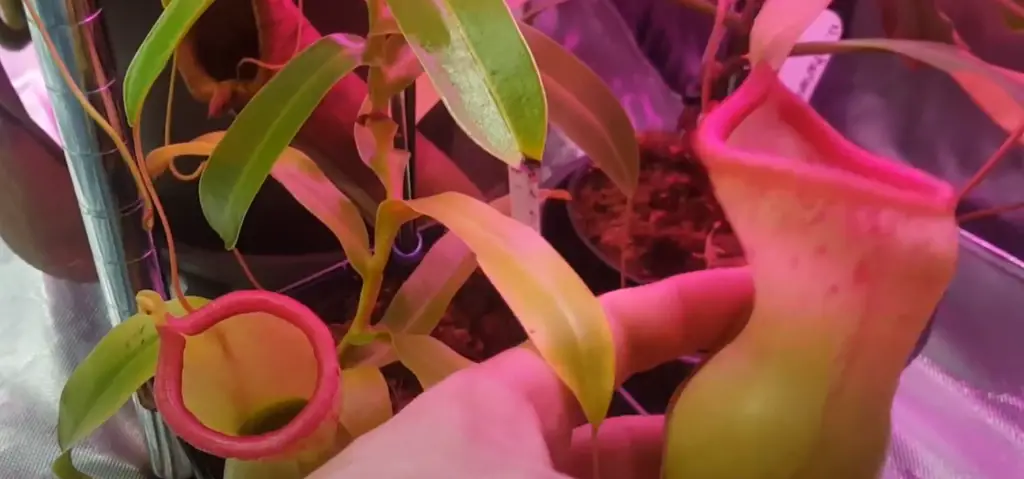
Carnivorous plants are those that trap and eat insects. They’re found all over the world, in all sorts of different climates. And while they might seem like delicate creatures, they’re actually quite tough and can thrive in a bog garden with the right conditions. [1]
Natural Growth Conditions of Carnivorous Plants
Carnivorous plants have evolved to grow in nutrient-poor environments where the soil is waterlogged. In nature, they are found growing alongside streams, bogs, and lakes. The substrate in these habitats is typically sphagnum moss or peat.
The habitat carnivorous plants live in is favorable for insects and other small animals. In order to survive and thrive, carnivorous plants have evolved to attract, trap, and digest these creatures.[2]
Why is Bog Garden Ideal for Carnivorous Plants?
A bog garden provides the perfect growing conditions for carnivorous plants because it simulates their natural habitat. By replicating these conditions, you can grow a wide variety of carnivorous plants in your own backyard!
Bog gardens are also relatively easy to care for. Once you’ve set up your bog garden and added the plants, there’s not much else you need to do. Carnivorous plants are low-maintenance and don’t require fertilization or regular watering like other types of plants. [1],[2]
Gather the Supplies You Need
Before you can start growing carnivorous plants, you’ll need to gather the supplies.
Select a Plant That Can Grow in the Climate of Your Area
Carnivorous plants come from all over the world and have evolved to grow in a wide range of climates.
When selecting a plant, make sure to research the specific requirements for that species. This will help you determine whether or not it will be able to thrive in your bog garden.
Get a deep pond liner
A bog garden can be as simple or complex as you want it to be. The most vital factor of a garden is that it has a deep pond liner to hold water. You can find pond liners at most hardware stores or online.
Pond liners come in a variety of materials, including rubber, PVC, and EPDM. Rubber is the most durable option and will last the longest, but it’s also the most expensive. PVC and EPDM are less expensive options that will still provide years of use. In this guide, we will use PVC pond liner.
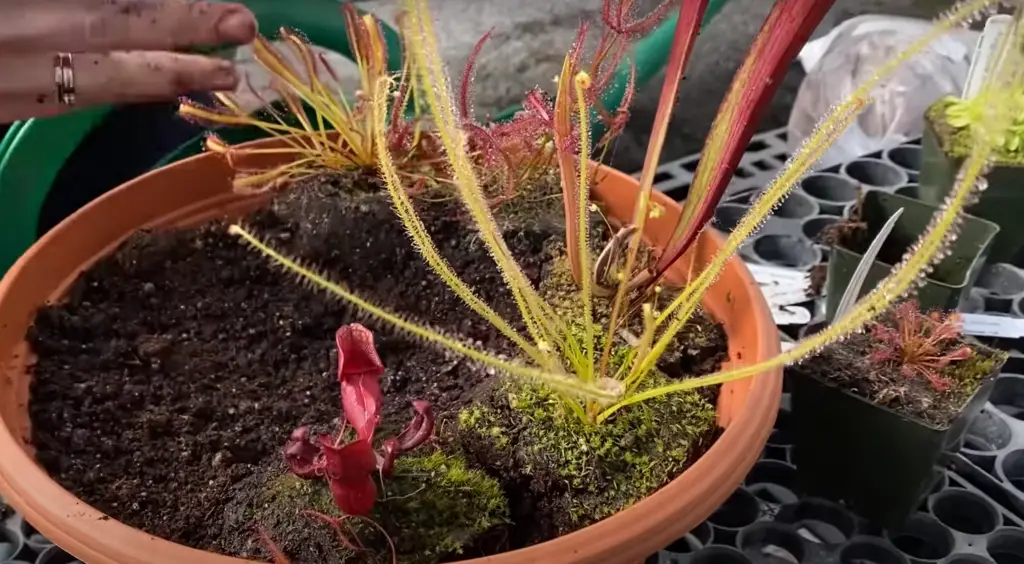
Once you’ve selected a material, choose a size that will fit in the area you’ve chosen for your bog garden. Keep in mind that you’ll need enough capacity to accommodate the size of the soil and plants.
Get a nursery plant pot with drainage holes
After you’ve selected a plant, you’ll need to get a nursery pot with drainage holes. Carnivorous plants don’t like to sit in water. Nursery pot will serve as a reservoir that will keep the water, letting it slowly soak into the soil of the bog garden.
The reservoir can also be any type of container that can hold water. A coffee can, milk jug, or even an old shoe will work. Just make sure the container has a hole drilled in the bottom so that the water can drain into the soil.
Nursery pots come in a variety of materials, including plastic, clay, and metal. Plastic is the most common option and is typically the most affordable. Clay pots are more expensive but they’re also more attractive. Metal pots are the most durable but also the most expensive.
Lava rock
Lava rock is a type of rock that is full of holes. This allows water to drain through it and prevents the roots of your plants from becoming waterlogged. Lava rock is very lightweight, so it’s easy to move around. It will also help to keep the water in the bog garden from evaporating too quickly. [2],[3],[4]
Get a bag of sphagnum moss and fibered sphagnum moss
Sphagnum moss is a type of plant that can hold large amounts of water without becoming waterlogged itself. This makes it ideal for growing carnivorous plants. Fiber sphagnum moss is similar to regular sphagnum moss but it has been shredded into small pieces. [2],[3],[5]
Get horticultural sand
Horticultural sand is a type of sand that is often used in potting mix. This type of sand is different from beach sand or play sand. It’s coarser and doesn’t compact as easily. In addition, it’s very fine and drains well. This makes it ideal for growing carnivorous plants. [2],[3]
Now that you’ve gathered all of the supplies you need, you’re ready to start growing carnivorous plants! In the next section, we’ll show you how to set up your bog garden and plant your carnivorous plants.
Creating a Bog Garden
Dig the hole in the ground
The first step is to dig the hole in the ground. The hole should be deep and wide enough to accommodate the size of your pool liner. Choose the flat location for your bog garden. If you have a slope in your yard, consider building a retaining wall to level out the area.
Once you’ve dug the hole, line it with your pool liner. Make sure the liner sits flat against the sides of the hole. If it’s not level, use sand or soil to prop it up.
Fill the pool liner with lava rocks
Next, you’ll need to fill the pool liner with lava rocks. This will help with drainage and prevent the roots of your plants from becoming waterlogged.
Make sure you are using specifically crushed lava rocks and not gravel or river rocks. The holes in the lava rock will allow water to drain through and provide aeration for the roots of your plants.
Fill about the 2 inches of your liner with lava rock. You can use more or less depending on the size of your pot and the type of plant you’re growing.
Place a reservoir in the middle of the liner
After you’ve added the lava rock, you’ll need to place a reservoir in the middle of the liner. This will help to keep the water in the bog garden from evaporating too quickly. Our suggested choice of water reservoir is a nursing pot.
Place the reservoir in the center of your liner. Make sure it’s level so that all of your plants will have access to water. You may need to add more lava rock around the sides of your reservoir to keep it level.
Add a soil mix to the liner
Now you’re ready to add a soil mix to the liner.
This will help with drainage and prevent the roots of your plants from becoming waterlogged, while keeping the environment nutrient-poor.
Start by maxing sphagnum moss, fiber moss and sand. Saturate it well with water until it will feel like mud. If it doesn’t hold together, add more water and mix it well.

Then, add the created soil mix to the bottom of your liner. This will create a layer of soil for your plants to grow in. The soil mix should be about inches deep. You can use more or less depending on the size of your pot and the type of plant you’re growing. Keep in mind that you should only fill the liner with the soil, not the reservoir.
Place the plants in the pot
Now you’re ready to plant your carnivorous plants! Start by placing the plants in the pot. Make sure they are spaced evenly and that the roots are covered with soil, consider the size of the plants to ensure you get a great view of them all.
We recommend using a variety of carnivorous plants in your bog garden. This will give you a chance to see how they all grow and thrive in different conditions.[2],[3]
Decorate if you want to
The last step is to decorate your bog garden! This is completely optional, but it’s a great way to add some personal flair to your space.
Consider adding:
- Rocks
- Mulch
- Peat moss
- Logs or driftwood [2]
Maintain Your Bog Garden Properly
Now that you’ve decorated your bog garden, it’s time to sit back and enjoy the fruits of your labor! In this section, we’ll show you how to care for your carnivorous plants so that they can thrive.
Water your garden regularly
One of the most important things you can do for your bog garden is to water it regularly. Carnivorous plants need a lot of water, so be sure to check the soil frequently.

Watering a bog garden is very easy, simply fill the reservoir to the top and let the water seep through the soil.
It’s important to remember that you should never let the soil in your bog garden dry out completely. If you do, your plants will start to die. [2],[3]
Provide your plants with enough sunlight
Another important aspect of caring for your bog garden is to provide your plants with enough sunlight. Carnivorous plants need at least six hours of sunlight per day, so be sure to place them in a sunny spot.
Comparison of Bog Garden Designs for Carnivorous Plants
A bog garden is a fantastic way to create a suitable habitat for carnivorous plants, such as Venus flytraps, pitcher plants, and sundews. These fascinating plants require acidic, nutrient-poor soil, and a consistent supply of water to thrive. In this table, we compare different designs for bog gardens, considering essential indicators that influence the growth and health of carnivorous plants.
| Indicator | Shallow Container | Pond-Inspired | Artificial Bog |
|---|---|---|---|
| Container Type | Shallow, Wide Container | Small Pond with Shelves | Custom Enclosure with Liner |
| Water Source | Regular Watering | Rainwater Collection | Automatic Misting System |
| Drainage | Drainage Holes at Bottom | Overflow Pipe | Drainage Layer and Pump |
| Soil Type | Peat Moss and Sand Mix | Peat-Perlite Mix | Sphagnum Peat and Perlite Mix |
| Plant Selection | Various Carnivorous Species | Native Bog Plants | Specific Carnivorous Species |
| Sunlight Exposure | Full Sun | Partial Shade | Customized Light Setup |
| Additional Features | Tray with Water Level Control | Waterfall or Fountain | Temperature and Humidity Control |
Explanation:
- Container Type: The design options include a shallow, wide container that provides a broad surface area for multiple plants, a small pond-inspired layout with shelves for plant placement, and a custom enclosure with a liner for specific plant needs.
- Water Source: The watering methods vary, with the shallow container requiring manual watering, the pond-inspired design using rainwater collection, and the artificial bog having an automatic misting system to maintain moisture.
- Drainage: Each design employs different drainage techniques: drainage holes at the bottom for the shallow container, an overflow pipe for the pond-inspired layout, and a drainage layer with a pump for the artificial bog.
- Soil Type: Various mixes are used, such as peat moss and sand for the shallow container, peat-perlite mix for the pond-inspired design, and sphagnum peat with perlite for the artificial bog.
- Plant Selection: The three designs accommodate different plant selections, including various carnivorous species for the shallow container, native bog plants for the pond-inspired design, and specific carnivorous species for the artificial bog.
- Sunlight Exposure: Each design has specific sunlight requirements: full sun for the shallow container, partial shade for the pond-inspired layout, and a customized light setup for the artificial bog.
- Additional Features: Additional features for these designs include a tray with water level control for the shallow container, a waterfall or fountain for the pond-inspired layout, and temperature and humidity control for the artificial bog.
Choose the bog garden design that best suits your preferences and the needs of your carnivorous plants to ensure they flourish and capture their prey efficiently.
FAQ
How deep should a bog garden be?
For most carnivorous plants, the soil should be moist but not waterlogged. This is especially important in the case of pitcher plants and sundews, which can rot if the roots are constantly wet. A bog garden should be at least 12 inches (30 cm) deep, but 18 inches (45 cm) is even better. If you want to grow tall plants such as Sarracenia or Darlingtonia, make sure the bog is at least 24 inches (60 cm) deep.
What kind of sand do you use in a bog garden?
Horticultural sand is the best option to use for a bog garden. This type of sand is often sold in garden centers and is specifically designed for use in planting mixes. It is a good choice for bog gardens because it drains well and does not compact over time.
Does a bog garden need sun?
Yes, a bog garden needs sun. The carnivorous plants that grow in bogs need sunlight to photosynthesize and produce the nutrients they need to survive.
How much sun is needed will depend on the specific plant species you are growing, but most bog plants need at least six hours of direct sunlight each day. If you live in an area with very hot summers, you may need to provide some afternoon shade for your bog garden.
Can I use regular garden soil for my carnivorous plant bog garden?
No, regular garden soil is not suitable for carnivorous plants as it is nutrient-rich and will harm them. Instead, use a mixture of peat moss, perlite, and sand to create a well-draining, nutrient-poor medium for your bog garden.
What types of carnivorous plants can I grow in a bog garden?
A bog garden is an ideal environment for various carnivorous plant species, including Venus flytraps, pitcher plants, sundews, and bladderworts. Make sure to research the specific requirements of the plants you choose to ensure they thrive.
How often should I water my carnivorous plant bog garden?
Carnivorous plants require consistently moist soil, so you’ll need to keep the bog garden damp at all times. Depending on your climate and weather conditions, you may need to water them daily or every few days to maintain the right level of moisture.
What type of water should I use for my bog garden?
Carnivorous plants are sensitive to chemicals and minerals found in tap water. Ideally, use rainwater, distilled water, or reverse osmosis water to keep your bog garden hydrated.
Do I need to feed my carnivorous plants in a bog garden?
In their natural habitat, carnivorous plants catch insects for their nutrients. However, in a well-established bog garden, they should be able to attract insects on their own. You can introduce insects occasionally to stimulate the plants, but it’s generally not necessary.
Can I keep carnivorous plants indoors in a bog garden?
While some carnivorous plants can be grown indoors, creating a bog garden inside can be challenging due to the need for consistent humidity and light. It is usually better to keep a bog garden outdoors where the plants can get natural sunlight and proper environmental conditions.
How do I prevent pests and diseases in my carnivorous plant bog garden?
To prevent pests, avoid introducing contaminated plants or plant material to your bog garden. Regularly inspect the plants for any signs of pests or diseases, and if you spot any issues, quarantine the affected plant and treat it accordingly. Proper watering and good air circulation will also help maintain plant health.
Can I use fertilizers for my carnivorous plant bog garden?
Carnivorous plants have adapted to thrive in nutrient-poor environments, so they do not require traditional fertilizers. In fact, using fertilizers can harm or even kill these plants. Stick to the appropriate soil mix and allow the plants to catch their own food naturally.
How do I overwinter my carnivorous plant bog garden?
The approach to overwintering your carnivorous plant bog garden will depend on the specific plant species and your climate. Some hardy varieties can survive outdoors with some protection, while others may need to be moved to a greenhouse or brought indoors for the winter. Research the needs of your specific plants for successful overwintering.
Can I combine carnivorous plants with other plant species in the bog garden?
While it’s best to keep carnivorous plants in a separate bog area to ensure their specific needs are met, some non-carnivorous plants can thrive in the same bog garden if they have similar water and light requirements. Research companion plants that can coexist harmoniously with carnivorous species.
Useful Video: Making a Carnivorous Plant Bog Garden
Conclusion
Carnivorous plants are amazing creatures that capture prey with leaves modified into traps. These unique plants are native to nutrient-poor environments and have adapted to survive by digesting insects and other small species. In this article we showed you how to create a bog garden for carnivorous plants, complete with all the necessary tips and information. We also showed you how to properly care for your new bog garden so that your plants can thrive. Creating a bog garden is a fun and rewarding experience, so be sure to follow our guide and enjoy!
References:
- https://www.wwt.org.uk/discover-wetlands/gardening-for-wetlands/how-to-create-a-bog-garden-for-wildlife/
- https://www.bbg.org/gardening/article/mini_bog_garden_with_carnivorous_plants
- https://www.plantdelights.com/blogs/articles/how-to-build-a-pitcher-plant-bog
- https://harpersnurseries.com/volcanic-rocks-for-garden/
- https://milnepublishing.geneseo.edu/botany/chapter/sphagnum/

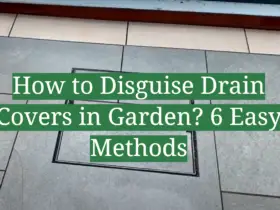
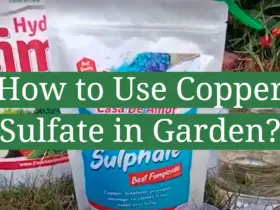

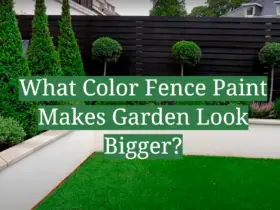
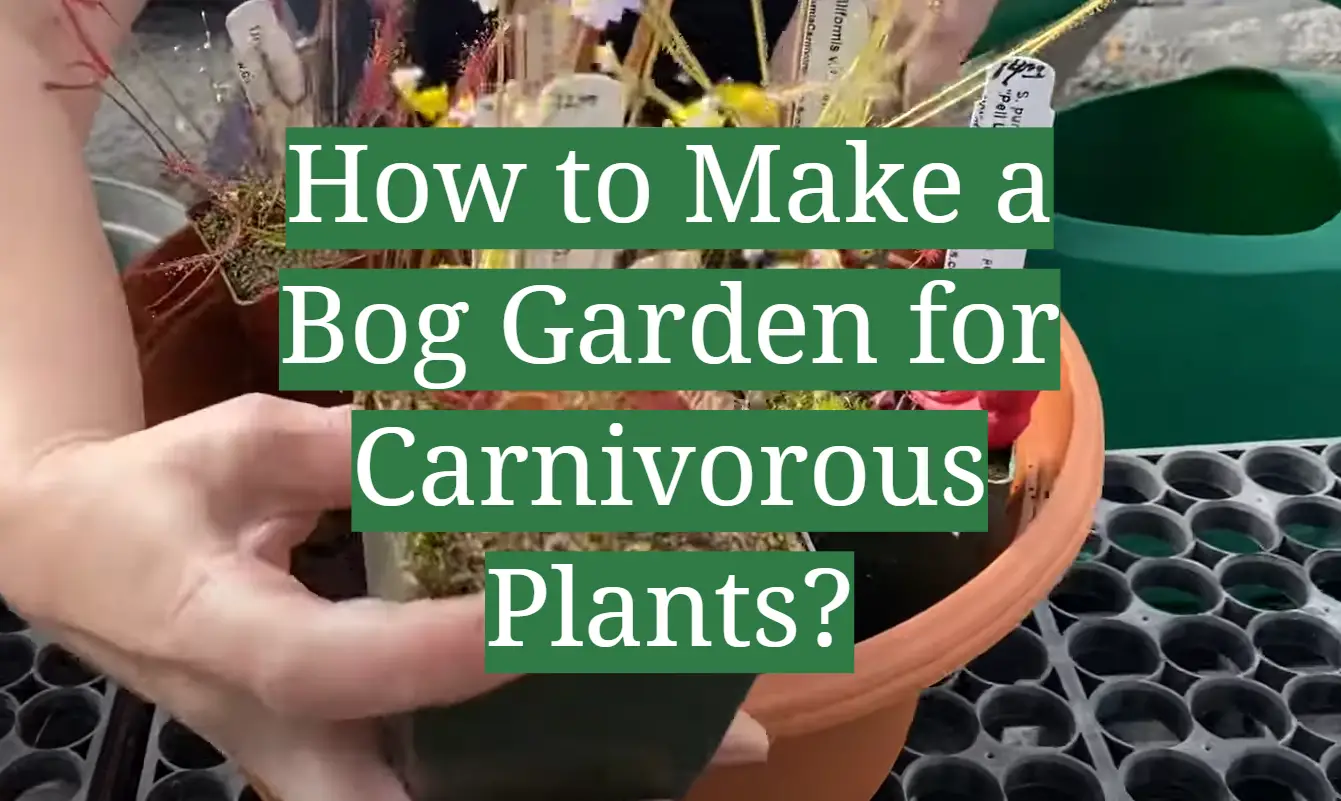
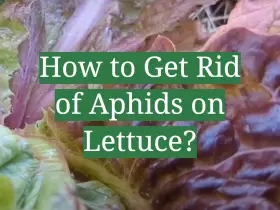
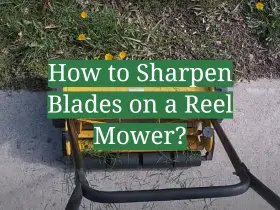
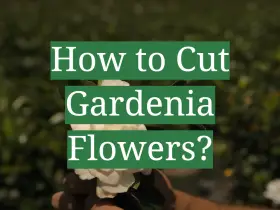
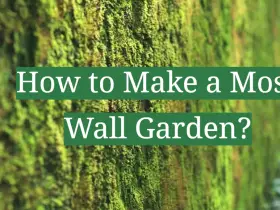
Leave a Reply
View Comments